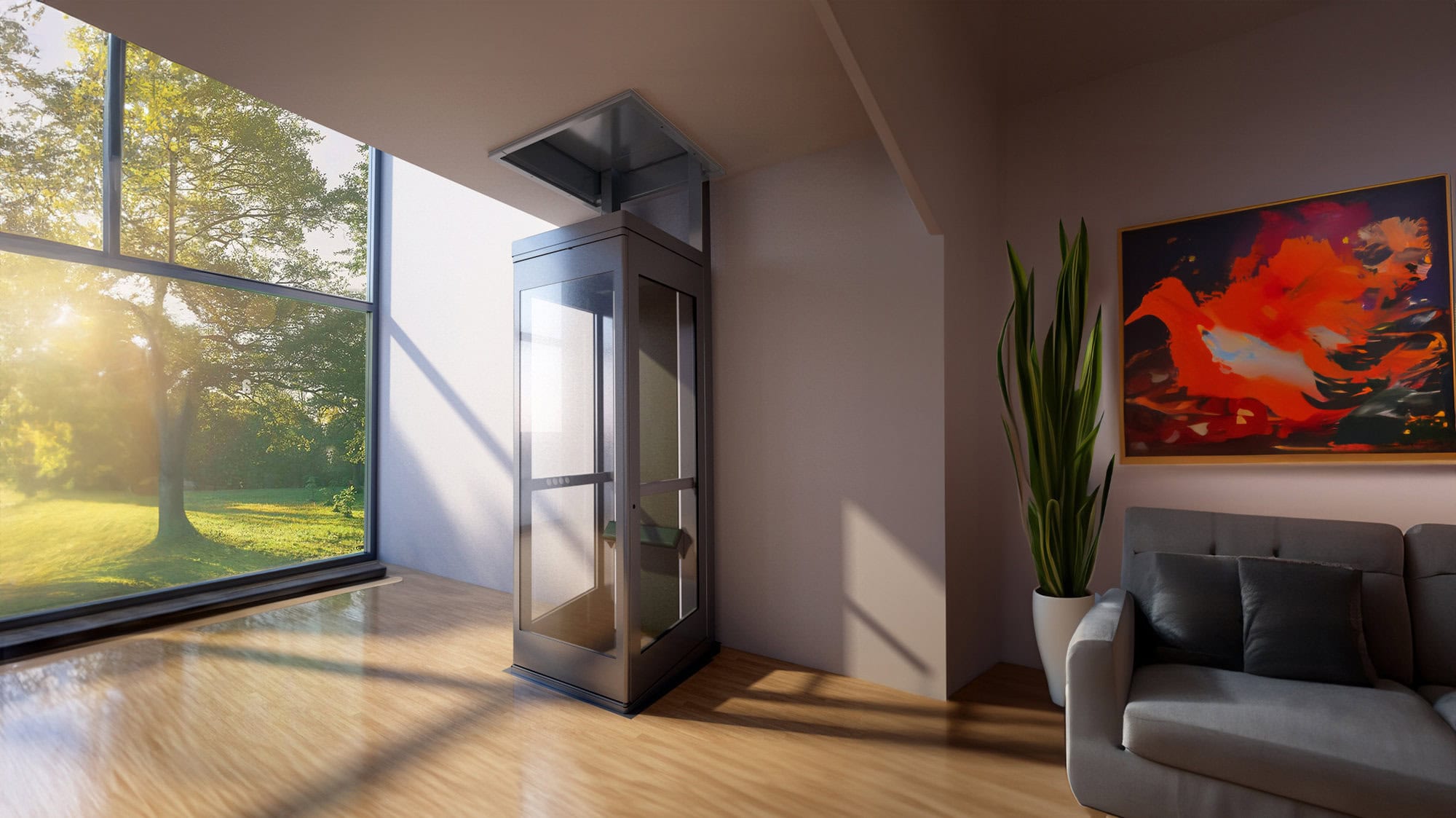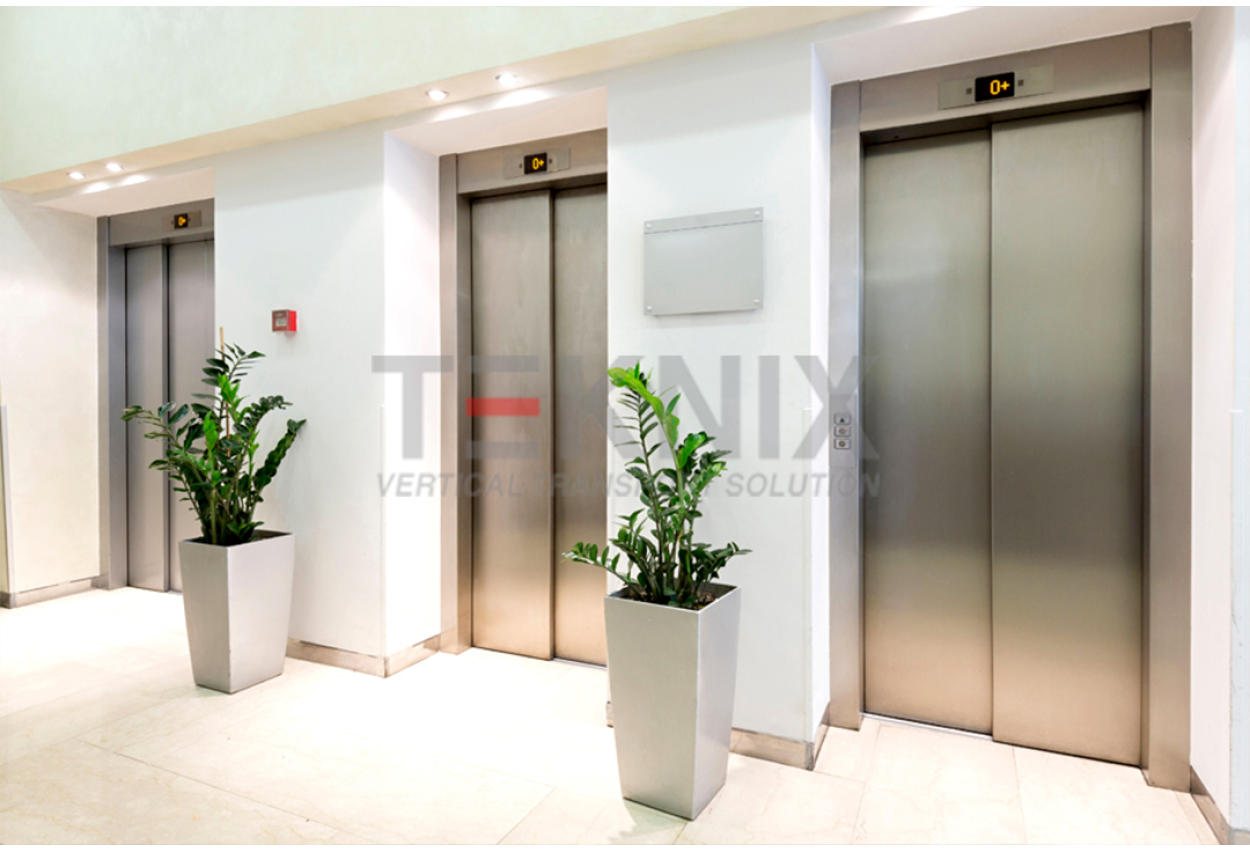Inexpensive Lift Repair Near Me: Specialist Service Technicians at Your Service
Inexpensive Lift Repair Near Me: Specialist Service Technicians at Your Service
Blog Article
Delving Into the World of Elevators: Usual Problems Faced by Different Lift Systems
As we browse via the upright transportation systems of modern-day buildings, elevators stand out as an important component of our day-to-days live. Nonetheless, behind their seamless operation lies a globe of detailed devices that can sometimes encounter obstacles. From hydraulic lifts to traction systems and machine-room-less styles, each lift type comes with its collection of usual problems. Recognizing these obstacles is crucial for ensuring the smooth performance of these crucial systems. Let's discover the complexities that underlie the procedure of lifts and the potential issues that can arise, clarifying the elaborate web of lift mechanisms.
Hydraulic Lifts
Hydraulic elevators, often chosen for low-rise structures, utilize fluid pressure to manage the movement of the lift automobile (lift repair companies). This system entails a hydraulic pump pressing oil right into a cylinder, causing the lift to move in the desired instructions. While hydraulic lifts are recognized for their smooth and peaceful operation, they do come with their own set of typical issues
One prevalent problem with hydraulic lifts is oil leakage. The seals in the hydraulic system can break over time, bring about oil seepage. This not just develops a mess but can likewise affect the elevator's efficiency if left unaddressed. Furthermore, concerns with the control system, such as malfunctioning valves or a malfunctioning pump, can cause disruptions in the lift's activity.
Regular maintenance and prompt repair work are necessary to guarantee the smooth performance of hydraulic lifts. By dealing with these usual problems proactively, building owners can decrease downtime and make certain the safety and security and efficiency of their vertical transport system.
Grip Lifts
When considering vertical transport systems in buildings, an additional common type besides hydraulic elevators is the traction lift. Traction lifts run utilizing a system of ropes and weights that move the lift cars and truck by clutching onto the hoist ropes. This system permits smoother and faster upright transport contrasted to hydraulic systems.
Among the typical concerns encountered by grip elevators is rope wear. The continuous activity of the ropes within the traction system can result in damage with time, potentially creating the elevator to malfunction or become risky for use. Routine evaluations and maintenance of the ropes are important to make sure the elevator's appropriate performance and safety and security.
Another issue that traction lifts might experience is connected to the control system. Issues with the control system can bring about problems such as erratic activity, hold-ups in reaction times, and even complete closures. Regular screening and maintenance of the control system are vital to avoid such issues and make certain the lift's dependability.
Machine-Room-Less (MRL) Lifts

One of the vital parts of MRL elevators is the compact gearless traction maker that is installed within the hoistway. This machine effectively drives the lift vehicle without the requirement for cumbersome equipment found in standard traction lifts. Additionally, MRL lifts generally utilize a weight system to stabilize the cars and truck, further boosting their energy efficiency.
In spite of their benefits, MRL lifts may encounter obstacles associated to repair and maintenance due to the confined area for devices installment. Availability for servicing components within the shaft can be limited, needing specialized training for technicians. Appropriate maintenance routines and normal assessments are crucial to make certain the continued smooth procedure of MRL elevators.
Overloading and Weight Limitation Issues
Overloading and weight limit concerns are crucial issues in elevator procedures. Lift suppliers style raises with specific weight abilities to make certain passenger safety and tools long life.
When lifts are overwhelmed, it places excessive stress on the motor, wires, and other components, potentially causing malfunctions or break downs. If they find excess weight, security devices such as sites sensing units and overload sensing units are in area to stop lifts from relocating. Additionally, exceeding weight limitations can bring about boosted energy intake and deterioration on the lift system.
To minimize overwhelming problems, building managers should plainly display weight restrictions in elevators and inform residents on the value of sticking to these limitations - lift repair companies. Normal upkeep checks by qualified technicians can additionally assist make sure that lifts are operating within risk-free weight parameters. By addressing overloading and weight limit problems proactively, building proprietors can enhance lift safety and security and performance
Electric System Failures
Exceeding weight limits in lifts can not only lead to mechanical concerns yet likewise possibly add to electrical system failures within the lift infrastructure. Electrical system failings are a vital problem in lift procedure, as they can trigger unforeseen shutdowns, malfunctions, or even safety hazards.
Furthermore, power rises or variations in the electric supply can additionally interrupt the lift's procedure, influencing its performance and safety and security. These electrical disruptions can damage sensitive lift components such as control panels, circuit boards, or sensing units, resulting in system failings. Normal upkeep and examinations are essential to recognize and deal with possible electrical concerns immediately, guaranteeing the efficient and secure procedure of elevator systems. By adhering to weight restrictions and conducting regular electrical system checks, building proprietors can reduce the risk of electrical failings in elevators.
Conclusion

Hydraulic elevators, often liked for about his low-rise buildings, use fluid stress to manage the movement of the elevator cars and truck.When taking into consideration upright transportation systems in buildings, one more common type aside from hydraulic elevators is the grip elevator. Traction lifts run utilizing a system of ropes and counterweights that move the lift car by gripping onto the hoist ropes. Unlike standard lifts that need a different maker room to house the devices, MRL elevators integrate many of the components within the shaft, getting rid of the requirement for a dedicated machine room.In conclusion, lifts face typical concerns such as hydraulic breakdowns, grip system failures, and electric system problems.
Report this page